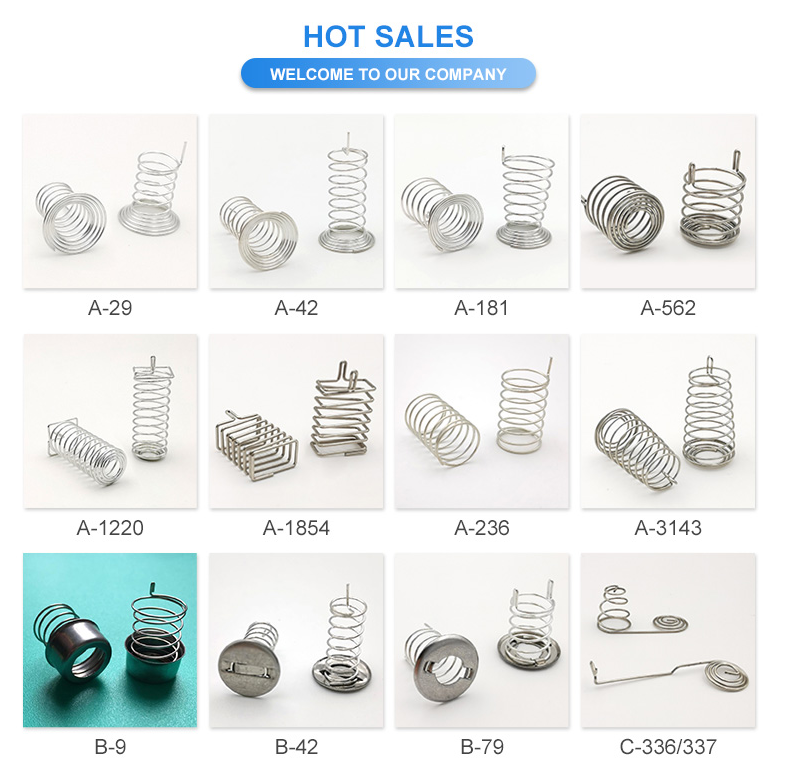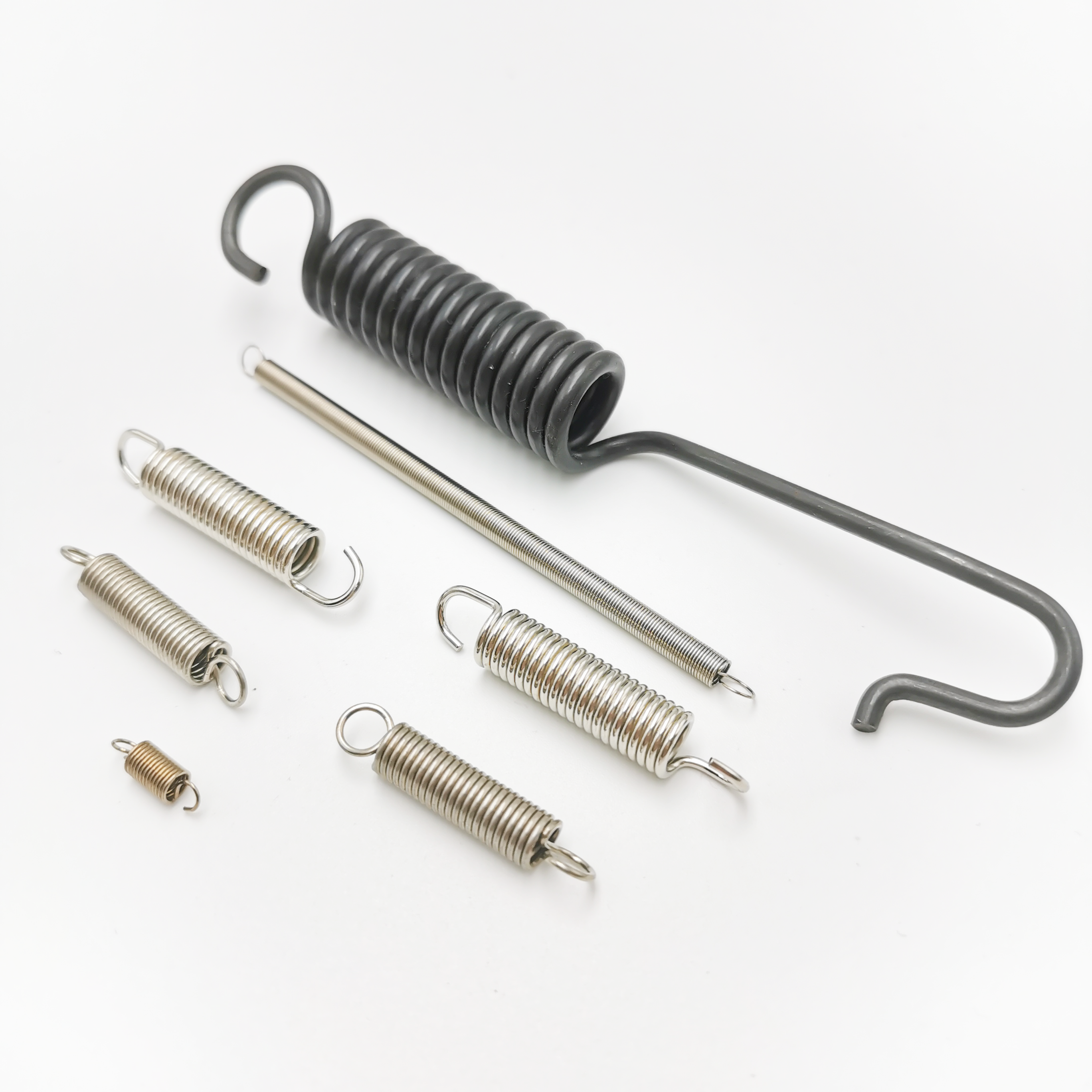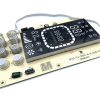
Large Torsion Spring: A Versatile Powerhouse in Engineering
A torsion spring is a mechanical component designed to store and release rotational energy when subjected to twisting or torque. It typically consists of a helical coil of wire that provides resistance to angular deflection. Large torsion springs, as the name implies, are heavy-duty versions of these springs, meticulously engineered to handle substantial loads and endure extensive cycles.
Importance and Applications of Large Torsion Springs
Large torsion springs play a pivotal role in numerous industrial applications where rotational force and torque are involved. From garage doors to heavy machinery, they are employed in diverse fields, such as automotive, aerospace, robotics, and energy sectors. These robust springs are indispensable in ensuring the smooth functioning of various mechanical systems.
Design and Construction of Large Torsion Springs
Materials Used in Manufacturing
The choice of materials is a critical aspect of designing large torsion springs. High-quality alloys such as stainless steel, music wire, and chrome silicon are commonly utilized due to their excellent mechanical properties and resistance to fatigue. Selecting the appropriate material ensures the spring's longevity and performance in demanding applications.
Wire Diameter and Coil Size Considerations
The wire diameter and coil size significantly influence the characteristics of a large torsion spring. A thicker wire diameter enhances the spring's load-bearing capacity, while a larger coil size provides increased angular deflection. Designers must strike a balance between these factors to achieve optimal performance without compromising on space constraints.
End Types and Configurations
Large torsion springs can feature various end configurations, such as straight, bent, or double torsion ends. Each type serves specific purposes and installation requirements. Additionally, designers may incorporate custom end treatments to fit the spring securely into the mating components, ensuring maximum efficiency.
Working Principles and Mechanics
Torsional Deflection and Stress Distribution
When subjected to a torque or rotational force, large torsion springs undergo torsional deflection. The twisting action stores potential energy in the spring, which is released when the external torque is removed. Understanding the stress distribution within the spring is crucial to ensure that it operates within its elastic limits and avoids permanent deformation.
Hysteresis and Fatigue in Large Torsion Springs
During cyclic loading, large torsion springs experience hysteresis - a phenomenon in which some of the energy is lost as heat due to internal friction within the material. Over time, this can lead to fatigue and, ultimately, failure of the spring. Proper material selection and design considerations are essential to mitigate the effects of hysteresis and extend the spring's lifespan.
Factors Influencing Performance and Longevity
Load Capacity and Spring Rate
The load capacity and spring rate determine how much torque the large torsion spring can handle and how much it deflects under a given load. Calculating these factors accurately is essential for choosing the right spring for a particular application, preventing premature failure or insufficient performance.
Temperature and Environmental Effects
Large torsion springs may operate in extreme temperatures or harsh environments. Temperature variations can affect the material properties, altering the spring's performance. Furthermore, exposure to corrosive substances or abrasive elements can lead to degradation. Proper coating or material selection can enhance the spring's resistance to such environmental challenges.
Proper Maintenance and Inspection
Regular maintenance and inspection are crucial for ensuring the continued reliability of large torsion springs. Lubrication and cleaning can prevent excessive wear, while periodic inspection helps detect signs of fatigue or damage early on, allowing for timely replacements and preventing costly downtime.
Conclusion
Large torsion springs are formidable components that find applications in various industries, contributing to the efficiency and safety of many mechanical systems. Work with Xinzhaolang to obtain powerful springs, enduring the test of time and offering exceptional performance for diverse engineering challenges!







